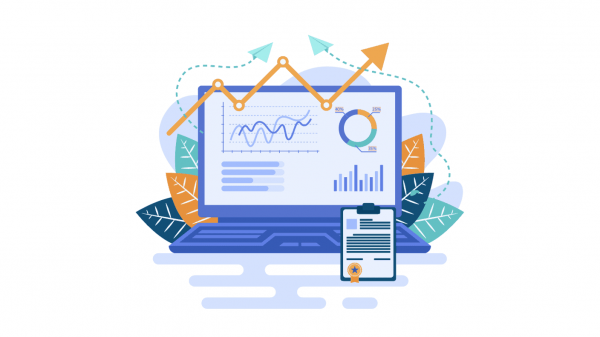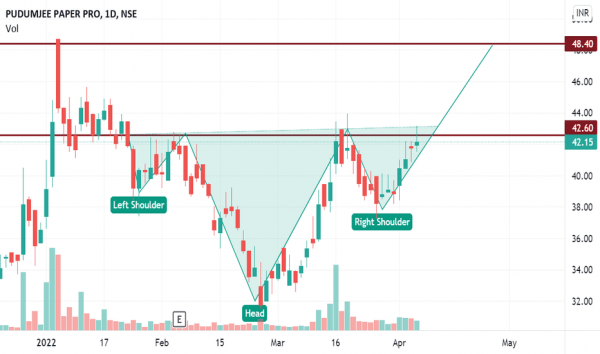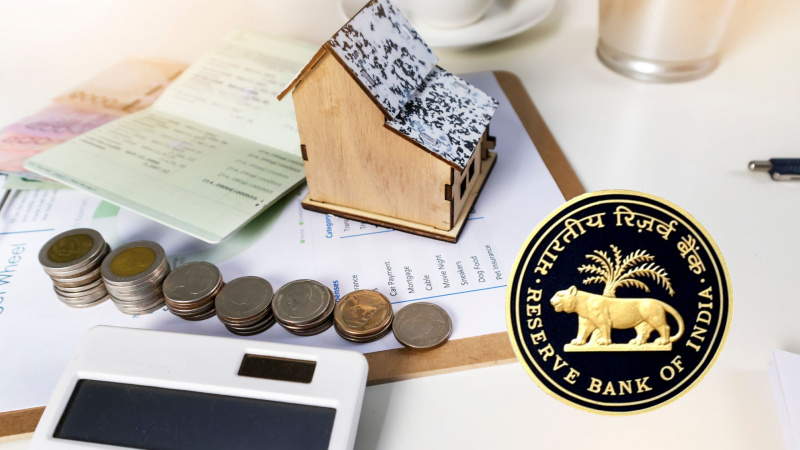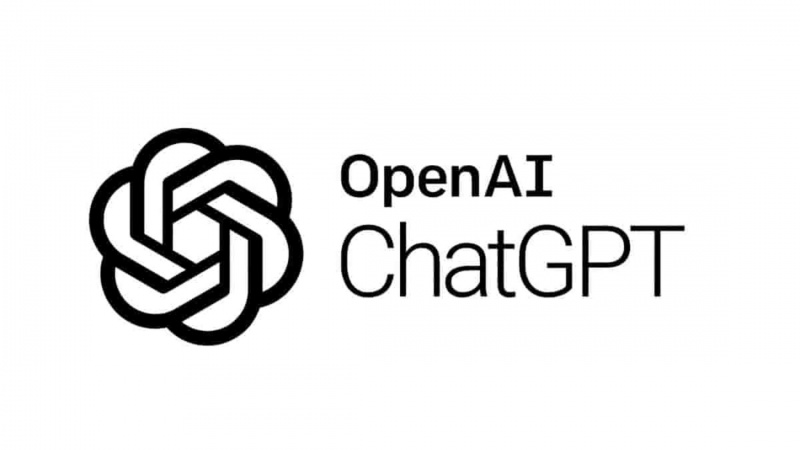What is Paper Trading? A Comprehensive Guide to Simulated Trading
- by B2B Desk 2024-07-16 12:09:28
If you’re an investor who learns best by actively engaging in the process, paper trading offers a practical and secure way to refine your investment strategies, build confidence, and enhance your decision-making skills.
In this article, we’ll explore the numerous benefits of paper trading. Whether you’re just starting out and want to establish a strong foundation or you’re an experienced investor looking to sharpen your techniques, paper trading provides valuable hands-on experience and insights that can significantly boost your confidence and market understanding.
What is Paper Trading?
Paper trading is a way to practice trading in the stock market within a completely virtual environment, allowing you to simulate trades without risking any real money. This setup is entirely separate from the actual stock market, meaning your virtual trades won't impact real-world prices.
With paper trading, you can mimic real stock values and price movements while using virtual funds. This allows you to test your trading strategies in a realistic setting, helping you evaluate their effectiveness without any financial risk.
Interestingly, the term "paper trading" originated when trading was conducted in person at exchanges rather than online. Traders would write down their strategies and ideas on paper and compare them with actual stock price movements during each trading session.
Today, thanks to advancements in technology, traders can engage in paper trading using electronic stock market simulators that closely replicate actual trading platforms, making it easier to practice and refine their skills.
How Paper Trade Works?
Paper trading, also known as simulated or virtual trading, involves practicing buying and selling financial instruments—such as stocks, options, or currencies—without the risk of losing real money. Here’s how paper trading works:
Simulated Environment: Paper trading occurs in a virtual setting, which can be accessed through brokerage websites, financial platforms, or dedicated trading simulation tools. Each participant is given an online account balance to execute their simulated trades.
Market Data: Users of paper trading platforms have access to real-time or delayed market data, just like actual traders. This includes stock prices, charts, and other essential information.
Order Placement: With their virtual funds, users can place buy and sell orders for different financial products. These transactions occur in a simulated environment, ensuring no real money is at stake.
Execution: Once a trade is executed, the virtual platform monitors its performance based on real market movements. Participants can track their virtual portfolio, see how their assets are performing, and assess their overall gains or losses.
Risk-Free Learning: The primary purpose of paper trading is to provide a risk-free environment where participants can learn about trading strategies, market dynamics, and how trading platforms operate. It allows beginners to gain practical experience and build confidence without the financial risks associated with actual trading.
Strategy Testing: Traders can use paper trading to test and refine their trading strategies. This allows them to evaluate how their approaches would perform in real market conditions without risking any actual money.
Platform Familiarity: Paper trading helps users get familiar with the features and functions of trading platforms. This includes understanding different order types, charting tools, and various statistical resources available.
Shift to Real Trading: Once traders build confidence and achieve success in the simulated environment, they can transition to real trading with actual money. Those who have practiced and refined their skills through paper trading will find this transition much smoother.
Remember that success in paper trading doesn’t guarantee success in real trading. Actual trading is greatly affected by market conditions and emotions. However, paper trading is an essential tool for risk-free learning, developing strategies, and improving skills.
How to Start Paper Trading?
To begin paper trading, the first step is to create a virtual trading account with an online brokerage that offers this service. Platforms like TradingView, Sensibull, and Zerodha allow users to set up free paper trading accounts to practice trading stocks, options, or forex without any financial risk. Once your virtual account is set up, treat it like a real brokerage account by deciding how much virtual money to deposit as your starting capital. It’s a good idea to start with a significant amount to make the experience more realistic. Use real-time quotes, charts, and tools to conduct market research and identify trading opportunities. Then, execute trades by buying and selling assets, just as you would with a live account.
FAQs
Q. What is paper trading and how to do it?
A. Paper trading involves using virtual funds to simulate trading in real market conditions. While it helps you practice and refine your trading skills, any profits or losses incurred are not real, and you cannot withdraw or use them in the actual financial markets.
Q. What is the difference between physical trading and paper trading?
A. Physical commodity trading can offer higher profit potential than paper trading, but it also requires a larger initial investment. This is because physical trading involves the cost of purchasing and storing the commodity, as well as transportation costs.
Q. Does Zerodha have paper trading?
A. Zerodha's Kite platform supports paper trading through a feature called Kite Paper Trading. To enable it, follow these steps: Navigate to the Paper Trading Section: Find the paper trading section within the platform's settings. Activate the Feature: Enable paper trading by toggling the option.
Q. Why is it called paper trading?
A. A paper trade is a simulated trade that allows an investor to practice buying and selling without risking real money. The term paper trade dates back to a time when aspiring traders practiced trading on paper before risking money in live markets—well before online trading platforms became the norm.
Also Read: Ordering Liquor Online: Soon Available via Swiggy, Zomato, Blinkit, and Bigbasket

POPULAR POSTS
Rupee Forecast 2025: Key Drivers Behind INR Weakness Against the US Dollar
by Shan, 2025-08-11 07:32:23
August 2025 IPO Preview: Big Listings from JSW Cement, NSDL, Knowledge Realty & SME Stars
by Shan, 2025-07-30 11:51:27
Ola Electric Q1 Results FY26: Revenue Falls 61%, Net Loss at ₹870 Cr - MoveOS 5 in FocusOla
by Shan, 2025-07-14 12:22:55
HAL, BEL & Data Patterns: 3 Defence Stocks Riding India's ₹50,000 Cr Export Ambition
by Shan, 2025-06-26 10:00:16
India GDP Forecast 2025-26 Raised to 6.5% by S&P: Key Drivers & Global Risks Explained
by Shan, 2025-06-26 10:30:46
Dalal Street Outlook: 5 Key Market Triggers to Watch This Week
by Shan, 2025-06-16 12:32:04
What is the Bond Market & How Does It Impact Your Investments?
by B2B Desk, 2025-02-05 09:42:55
RECENTLY PUBLISHED

Loan EMIs to Drop as RBI Slashes Repo Rate - Full MPC December 2025 Highlights
- by Shan, 2025-12-05 11:49:44

Pine Labs IPO 2025: Listing Date, Grey Market Premium, and Expert Outlook
- by Shan, 2025-11-05 09:57:07

The Agentic Revolution: Why Salesforce Is Betting Its Future on AI Agents
- by Shan, 2025-11-05 10:29:23

Top 10 Insurance Companies in India 2026: Life, Health, and General Insurance Leaders Explained
- by Shan, 2025-10-30 10:06:42

OpenAI Offers ChatGPT Go Free in India: What’s Behind This Big AI Giveaway?
- by Shan, 2025-10-28 12:19:11

Best Silver Investment Platforms for 2025: From CFDs to Digital Vaults Explained
- by Shan, 2025-10-23 12:22:46




 Subscribe now
Subscribe now 